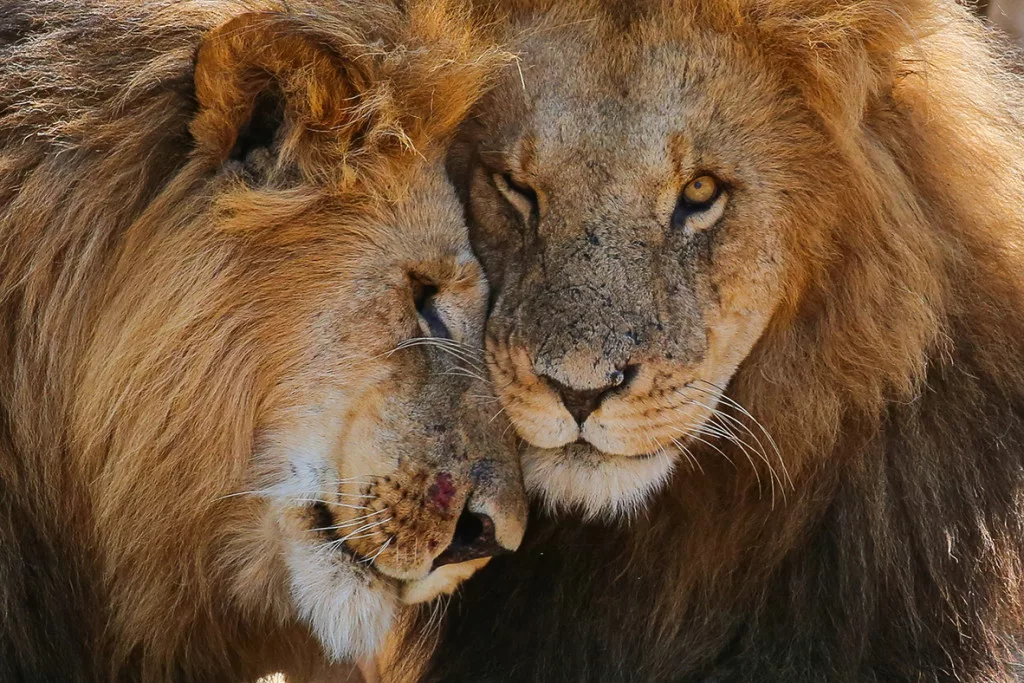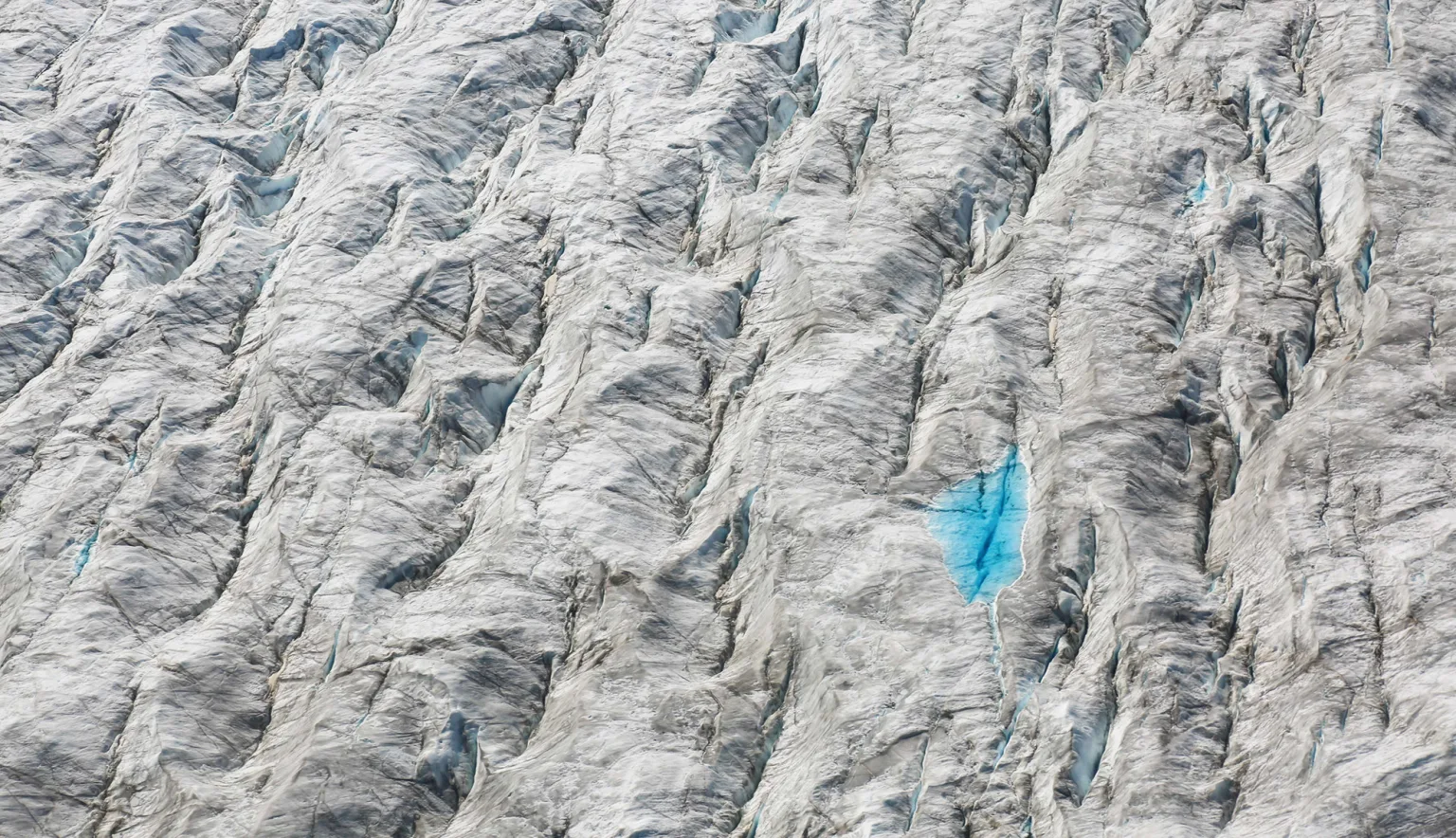We interview Graeme Green, a professional photographer who has racked up a list of impressive assignments to the world’s most remote places.
- Q&A WITH GRAEME GREEN
- What first attracted you to photography?
- Travel photography is a saturated market. How do you make sure that your photos stand out?
- On the flip side, what are the biggest challenges?
- What do you want to achieve with your pictures?
- Do you find that your camera creates distance between the people you meet, or bridges a cultural divide?
- You work covers people, wildlife, landscapes and more. Do you have a favourite to focus on?
- What’s been the best place you’ve travelled to?
- Have you been anywhere interesting lately?
- HOW I GOT THIS PHOTO
- CONNECT WITH GRAEME GREEN
Graeme Green sounds like he has the world’s best job. He is a British writer and photographer with a penchant for exploring remote regions and wild landscapes.
For 15 years, he has been travelling the planet, from Cambodia to Antarctica, capturing remarkable images and reporting stories for international newspapers and magazines, including The Sunday Times, BBC, The Guardian, The Sunday Telegraph, National Geographic, Wanderlust, Landscape Photography Magazine and many other publications.
On his travels, Graeme has passed the time with Amazonian tribes, Tuareg nomads, Bhutanese monks, Namibia’s San bushmen, Venezuelan gauchos, street artists, authors, dissidents, scientists, boxers, musicians and tequila masters. He has visited and photographed some of the world’s most incredible landscapes, from Botswana’s Makgadikgadi Pans to Antarctica, Venezuela’s Los Llanos to Tanzania’s Ngorongoro Crater. His photos help emphasise the need to protect the natural world, and he often reports on conservation issues such as endangered species and threats to the environment.
Graeme’s adventure travel assignments will inspire envy. He’s been paragliding with birds of prey in Nepal, cycling across Burma, freediving in Thailand, climbing volcanoes in the Democratic Republic of Congo, surviving on desert islands in Belize, wild camping in Antarctica and motorcycling across Bolivia’s Salar de Uyuni.
His work also encompasses major global issues, including human trafficking, land rights, conflict, poaching, prostitution, child soldiers, violence against transgender communities, conservation, street kids and climate change, often telling otherwise ‘invisible’ or unreported stories from remote parts of the world.
Graeme is currently based in Mexico. We caught up with him in between assignments to find out more about the challenges and rewards of his practice.
Q&A WITH GRAEME GREEN
What first attracted you to photography?
Graeme Green (GG): I started experimenting with cameras when I was a teenager and started getting more into it when I moved up to Glasgow to study. I’d explore the city’s streets and lochs and mountains, working mainly in black and white. I played in bands at university and used my pictures on album covers, flyers and posters.
Having a camera helps open your eyes, to think about what you’re seeing and what interests you. Personally, it helps me to engage with a place and get beneath the surface.
Photography’s also very powerful as a window into the world. Like a lot of people, I looked at photos in books or magazines, and they made me want to go to places or to find out more about a culture, a place or a situation. To spend time making those pictures myself now is very satisfying.
Travel photography is a saturated market. How do you make sure that your photos stand out?
GG: There’s an overwhelming volume of photos in the world now and it’s true that more people have cameras than ever before. But I think the same rules apply that have always applied. You’ve got to be original. Your work has to be high quality. You won’t stand out by churning out photos that look the same as everyone else’s.
You need to find your own original take. That takes a lot of work and effort. It takes creativity and thought, and sometimes a lot of patience. It’s good to analyse your own work and think about what’s right and what’s wrong, how you could have approached things differently. I’m very self-critical and always looking at ways I can improve what I do.
It’s also important to think hard about what you’re trying to achieve, whether it’s simply taking a creative, striking photo or if you have a message or story to tell.
What’s the most exciting thing about being a travel photographer?
GG: The photography itself is one of the most exciting elements. I’ve always been a creative person. I really enjoy the process and the opportunity to be creative and to push myself.
Working as a photographer also means getting to see the world in a way I could never have done if this wasn’t my job. I’ve gone to incredible places in remote areas and met people from cultures a world apart from my own.
You end up doing some pretty interesting things: sitting around a fireside drinking strange homebrewed booze with a local tribe, exploring the desert with bushmen, handling sharks, riding horses with gauchos…
You learn an incredible amount about the world too.
On the flip side, what are the biggest challenges?
GG: For the last 15 years, I’ve been on the road anywhere between six and 12 months of the year. That can get tiring. I also spend a lot of time in airports or travelling in rough conditions, and it can feel strange sometimes not really having a solid base.
You need to be adaptable and flexible to do this job. There are early starts, late nights, long days of bumping along rocky roads, working in extreme heat or cold. A bed for the night might be the ground of a wooden hut. Getting the pictures you want might mean wading through mud or sand or snow. But you have to do what it takes.
What do you want to achieve with your pictures?
GG: A lot of the time I’m just trying to find my own take on a place and to produce photos I’m satisfied with creatively.
But over the years I’ve worked on telling what I think are important stories. Some people might think of journalism and photography as intrusive or even exploitative, but it’s incredible how many people around the world really want their story to be told. Many people in difficult or dangerous situations are totally ignored.
I’ve talked to human trafficking victims, child soldiers, indigenous people in the Amazon in danger of losing their land, street kids, transgender activists at risk of being attacked and killed. People like that want the world to see them and hear their story, rather than being ‘invisible’.
In some cases, those words and photos might help them or could change the outcome of their situation. That’s been the most satisfying part of my job, and it’s something I plan to concentrate more on.
Do you find that your camera creates distance between the people you meet, or bridges a cultural divide?
GG: It can do both. I don’t like having my photo taken, so I’m always fine when someone else doesn’t want to be photographed.
But a lot of the time a camera helps you to have an encounter with someone that wouldn’t have otherwise happened. It can be a way into people’s lives. People often enjoy being photographed or find it amusing or curious, and it leads to conversations, sometimes just sharing a few jokes, or finding out about their lives. That’s always rewarding.
It makes a big difference how you approach someone. I don’t go up to people and push the camera in their face. A smile and pointing at the camera to ask if it’s ok usually works. Photos look better when a person’s relaxed, rather than uncomfortable. It’s even better to spend a bit of time talking to someone first, so they feel like a person, not an object.
You work covers people, wildlife, landscapes and more. Do you have a favourite to focus on?
GG: I’m always excited by the assignment or the place right in front of me. Working with people is always very interesting, finding out about their lives. Photographing wildlife is exciting and fascinating, and you get to spend time in beautiful places, from jungle to ice and snow. Landscape photography feels calmer than both of those, a chance to slow down and really bring out the beauty of an environment.
I wouldn’t like to give any of them up, and often an assignment means combining all of those – people, place, wildlife, other details – to tell a story.
That said, wildlife photography has dominated the last year, and I’m planning a major wildlife project to work on in 2020.
What’s been the best place you’ve travelled to?
GG: It would be a long list. Different countries stand out for different reasons, such as Tanzania, Uganda or Malaysia for wildlife; Antarctica for the wildlife and unforgettable landscapes. I’ve spent a lot of time in South America, and I really like people and landscapes in places like Chile, Bolivia and Ecuador. People are very friendly in Cambodia and that’s a fascinating country.
I also lived in Scotland for a decade and have spent time since then exploring the Hebrides, which is one of my favourite parts of the world. There’s a lot to be said for appreciating places that are close to home.
Have you been anywhere interesting lately?
GG: I worked in Ruaha National Park in Tanzania last year, which isn’t well-known, but it’s one of the best places in the world for lions, leopards, elephants and lots of other creatures, from brightly coloured lizards to endemic birds.
I’ve also spent a lot of the last few years in Mexico. It’s a huge country and there’s so much to see in terms of diverse landscapes, cultures, festivals, animals and birds. The more you get to explore and understand a country, with or without a camera, the more you realise how different it is than the often-limited preconceptions you might have from the news.
One of the greatest things about being a travel photographer is getting to see the world first-hand and to make your own mind up.
I also get to drink a lot of mezcal in Mexico, which is always a good thing.
HOW I GOT THIS PHOTO
Lions are one of my favourite animals to photograph. We found four male lions, all brothers, on the move in Naboisho Conservancy in Kenya, a place where big cat populations are doing well. They’re very regal animals, known as the kings of the animal kingdom, and famously good hunters. But the brothers were being very affectionate and gentle, and that’s the side of them I wanted to show. I spent a long time photographing them, getting as low as possible, rather than looking down from above. I wanted a close-up portrait, to bring out the interaction between the two lions. I also like the details, including the scars on one of the brothers’ muzzles.

For more on Graeme’s work, see Graeme-green.com. Prints are also available. Follow him on Instagram @graemegreen

























